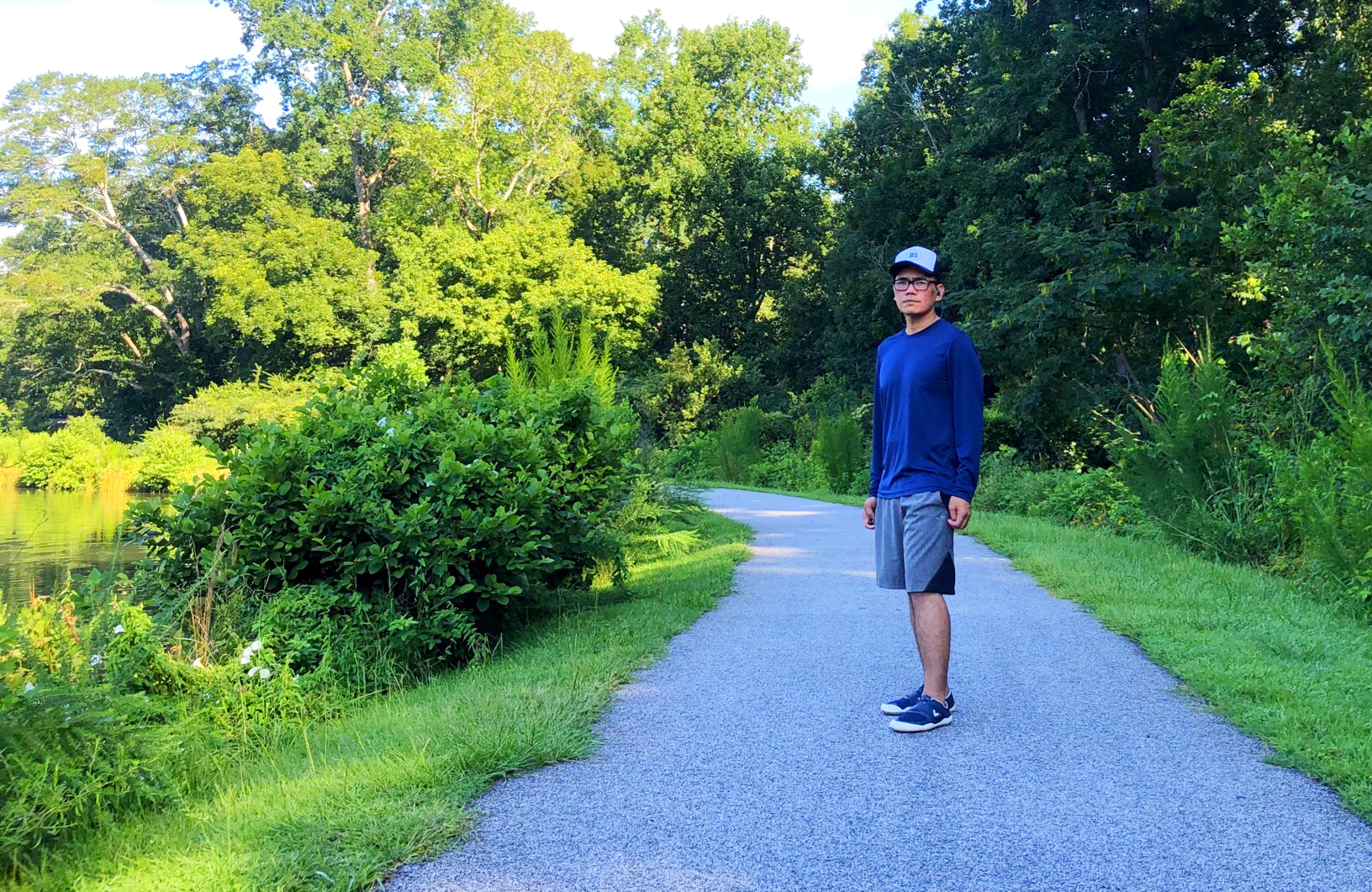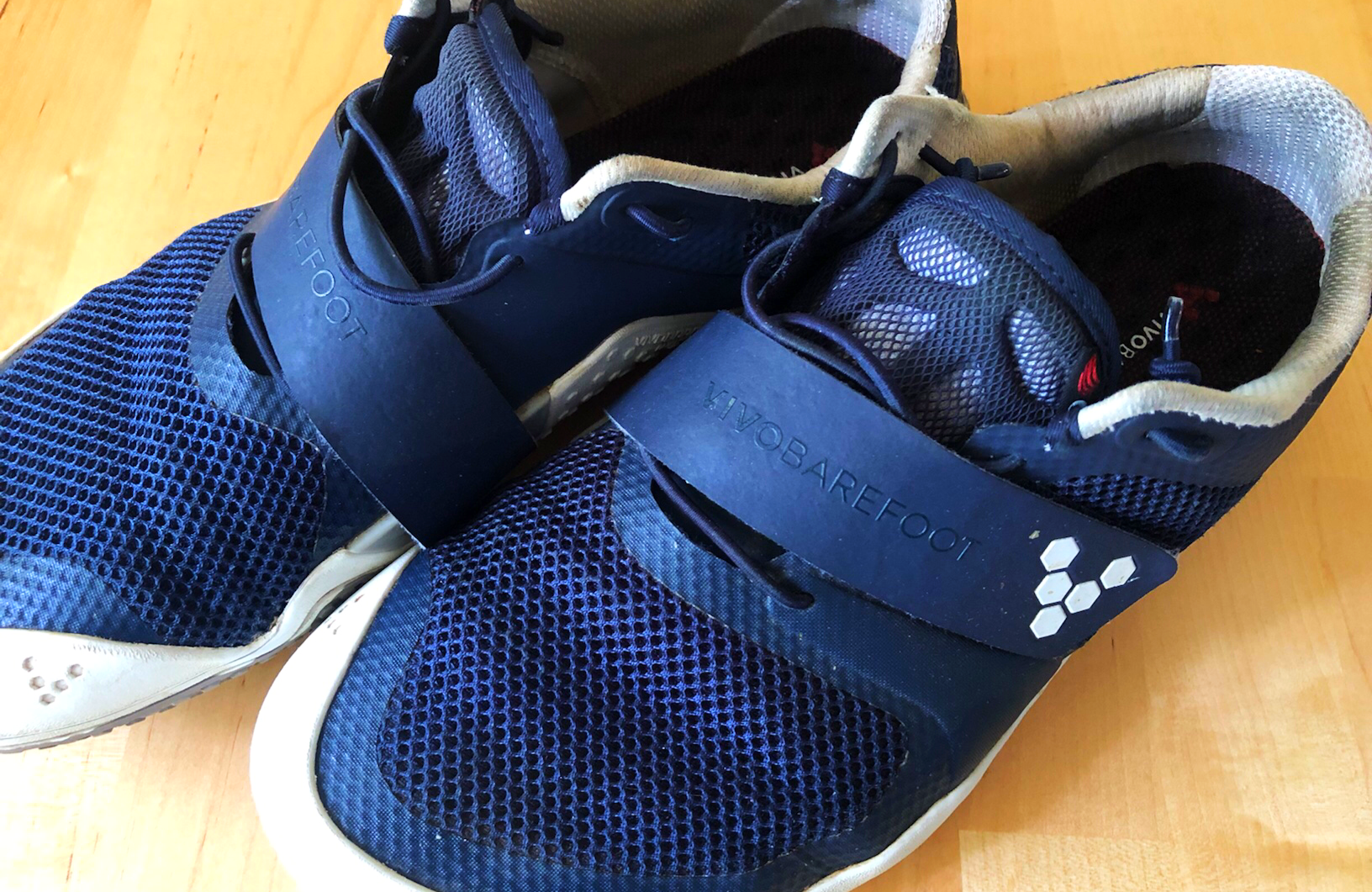Unbeknownst – or maybe, knownst – to you, there has been a major controversy over shoe design these last few years. Mostly over whether or not modern shoes help or hurt our feet, and that the more barefoot we are – the better overall for the health of our feet and bodies.
If you’re not always out there questioning everything about everything – you might think that this is ridiculous. Of course shoes are designed to help and keep our feet healthy. Right? I mean – they are, aren’t they? We have a whole industry of doctors (podiatry) that back up the current shoe logic of more support, with more cushion, and a bit more support just in case. Our feet are wrapped in 1-2 inches of foam, plastic, and cloth.
Enter barefoot enthusiast/shoe-spiracy thinkers.
Okay – it’s not a full on shoe-spiracy for nefarious purposes, but…
The human foot is a complicated structure made up of 189 bones (okay not that many). Along with these bones are approximately 2,436 sensors. Every step we take sends information to our brains concerning balance, rotation, terrain conditions, and lots of other stats we need in order to walk around and not fall. As a child this foot-information is even more important as it aids in certain movement and motor skills development. Basically – kids shouldn’t be wearing thick soled, tight fitting shoes.
Fashion has also made our shoes into more pointy/triangular forms which over decades of wear, ends up modifying the shape of our feet to match. Our feet and bone structures are changed by our shoes which are created to be more fashionable than functional. Many adults suffer from different foot ailments such as low/fallen arches, bone spurs, bunions, and other problems that are basically bone and muscle tissue damage. With all of the supportive, corrective, and protective shoes being made – why are so many people having these foot problems?
Barefoot enthusiast will tell you that all of the support and cushion in modern shoes has weakened our feet. They’ll say that without all of that cushion and support, your feet would be stronger. The muscles would strengthen from use, the bones too – and that your stride would change in a way that your entire body receives less impact with each step. In short – the human foot evolved quite well and all of our efforts to fix that with modern shoes – is ruining our feet and joints.

Surely there are tests and studies that prove our shoes are good for us, right? Nope.
There’s just one problem: There’s no definitive, research-based evidence that either feature actually reduces running injuries, according to Simon Bartold, a well-known sports podiatry and biomechanics expert.
“Where we are in 2018 is we now have a situation where we know pretty conclusively that cushioning has no effect on injury rates whatsoever,†he says. The same goes for motion control, a concept Bartold has previously said should be flushed down the toilet (pdf). â€So we’ve got the two main paradigms of the last 40 years and what all the data is telling us is that neither of these things has any relation to injury.†– Simon Bartold – biomechanist and podiatrist

So if we don’t cushion and bend our feet to conform to our shoes, they would strengthen and go back or remain true to their own, naturally evolved shapes. Does that make sense? Even if it does resonate for you, there are other factors that throw a wrench into things. Our feet did not evolve to walk over hard flat concrete like many of us do for most of our days now. Even when we go for outdoor runs, many of us are running on paved paths. Ground that is harder than natural terrain. The impact our joints and bodies receive with every step today is more than most humans experienced even just 60 years ago.
The alternative to regular cushioned shoes are zero drop/barefoot shoes. ‘Zero drop’ refers to how the heel of the shoe is the same height as the toe and rest of the heel. This applies not only to the outside of the shoe but also the inside where your foot rests. So that your foot sits as flat and naturally as possible without interference from the shoe sole.
If you did ditch all your shoes and went to zero drop/barefoot shoes then you’d also need to change how you take every step. All that shoe cushioning has trained us to walk with a heal first then toe pattern. Instead of landing with the middle of our feet or the front/ball of our feet first. Barefoot shoes require shorter strides when running. You have to run with smaller steps, but faster, instead of large almost leaping steps like many of us do.
Oh yeah – and probably the most challenging issue is the look of the shoes themselves. Barefoot shoes have very thin, flat soles. With no heel and generally wide widths, manufacturers have generally made what are honestly, mostly ugly shoes. At least ugly by the standards that we’re used to seeing in our footwear.
I’ll be the first to admit that it’s hard to wear ugly shoes. It’s even harder to spend lots of money on ugly shoes. Sure some of the zero drop footwear out there can pass as athletic/outdoor/casual wear, but almost none of them pass for anything approaching formal shoes. Vivobarefoot are some of the best looking and even then…. about half of them are iffy at best, but in many circumstances outside of outdoor running/hiking/active life, kind of odd looking and closer to ugly.
Don’t even ask me about Xero shoes.
Although DaVinci shoes do look promising if you’re okay wearing Chelsea boots with a suit.

There’s also a feet-training-walking period that needs to happen when you wear these shoes. I’ve been wearing my Vivobarefoot shoes for over a year now – almost exclusively except for a few times where they weren’t formal enough. When I first wore them, the muscles in my feet were definitely sore for a few days. Muscles I never used all of a sudden were having to work. Then when I recently began attempting to run – I quickly realized that landing on my heel WAS NOT GOING TO WORK. I had to retrain myself on how to land mid-foot or on the ball of my foot depending on how fast I was going. Even walking fast requires more of a mid-foot landing than on my heel.
Oh – and they’re thin. So stepping on individual large marble sized rocks with these shoes HURTS. (They do come with an additional thin foot insert which I discovered helps A LOT.)
You really do need to give your feet time to make the adjustment. That’s extra difficult if you’re only wearing the shoes occasionally for running or hiking or being active. Because if you’re wearing normal shoes the rest of the time, and then switch to barefoot shoes for 2-10 hours a week while you workout, your feet aren’t going to adjust. Definitely not as quickly or as well as they should. So it’s an all-in sort of thing if you’re doing this for the health of your feet. That can end up being a big investment in new shoes – and unfortunately somewhat a decision to wear kind of ugly shoes sometimes (given the current lack of choices).
Our bodies have been shaped by so many things in our lives that even if there was one, singular truly correct way of making shoes – it would never be truly correct for every person. So as in all things – you do need to try and find out which shoes work best for you.
I mean – at least you’re not wearing those toe shoes right?


